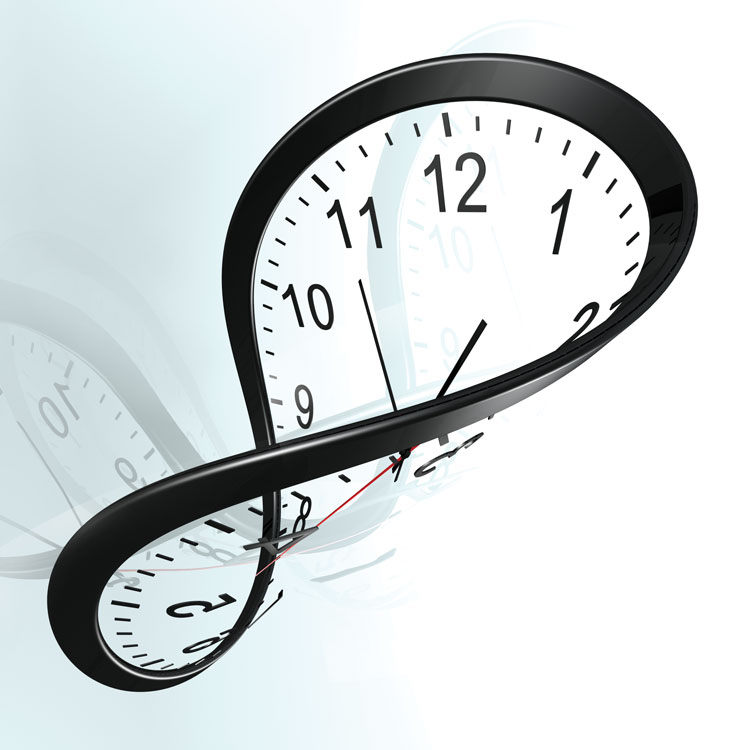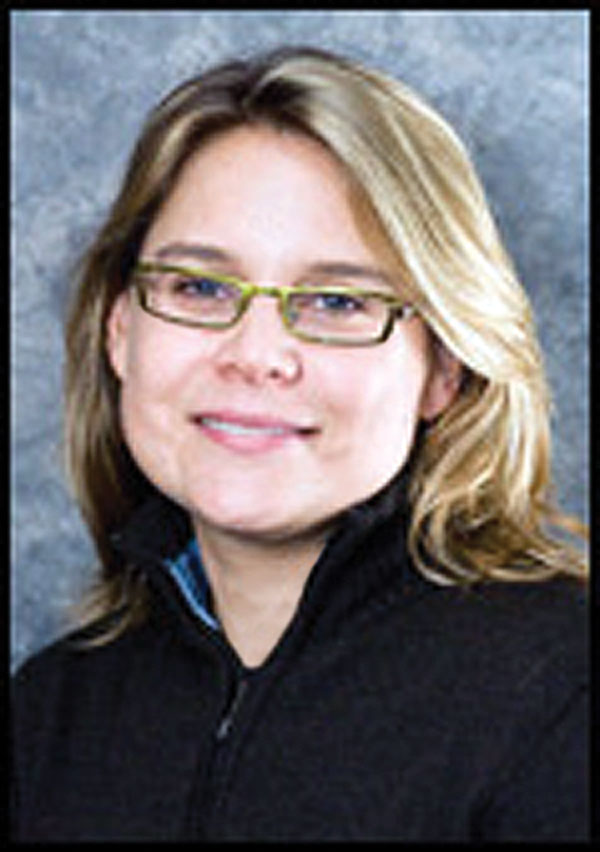Time's up: Legal, judicial systems slow to adapt to sexual harassment and assault issues

Shutterstock
In the Beverly Hills legal community, hugs are as common as handshakes. When plaintiffs personal injury lawyer Paul Kiesel was recently at the courthouse, he says, he hugged at least six people. A former president of the Los Angeles County Bar Association, he hugs judges too.
But he’s stopped hugging people at his office, Kiesel Law, given the many recent, public accusations of sexual harassment involving high-profile figures. The discussion has its own hashtag, #MeToo, in which victims share their experiences with sexual harassment or assault. People who work for Kiesel, he says, shouldn’t be expected to tell him that hugs make them uncomfortable. Instead, it’s his responsibility to modify his behavior.
“When I had a meeting of all my associates last week—I have six women associates—we said the words air hug to each other. Normally I would think nothing of giving them hugs, as I do to my guy associates all the time. But people now are becoming more careful,” says Kiesel.
See also: Why 3 BigLaw firms ended use of mandatory arbitration clauses
The awareness that one’s behavior may make colleagues uncomfortable, along with the willingness to stop the conduct in question without resentment, is what’s needed to decrease sexual harassment at work, say employment lawyers who spoke to the ABA Journal for this piece.
In fact, these lawyers say that self-regulation is a must because the justice system has not proven to be a hospitable venue for victims of sexual harassment or assault. An overall lack of gender diversity within the judicial system—in particular, an overwhelmingly male judiciary—the high costs of litigation, and certain legal rules to prevent disclosure that have the practical effect of protecting the accused can all act as deterrents to victims seeking redress in our nation’s courts.

Robin Runge: “We have to have the conversation in a more effective way with employers who are well-intentioned.” Photograph courtesy of Robin Runge
Unfortunately, self-awareness and proactive change have been rare and a significant reason why few people have success with sexual harassment lawsuits, while repeat harassers frequently remain in their jobs. If individuals can’t recognize that their own conduct makes people uncomfortable, these lawyers say, it’s unlikely they will identify it when others do it, unless they are directly affected.
“Nobody wants to believe that people do these things, so it’s easier to deny the accuser and call her a liar. We have to have the conversation in a more effective way with employers who are well-intentioned, especially now, but don’t know how to overcome that dynamic,” says Robin Runge, an adjunct professor at George Washington University Law School and a member of the council of the ABA Section of Civil Rights and Social Justice. Her work focuses on creating programs to address domestic violence, workplace harassment and sexual violence.
Fear of losing their jobs, and career opportunities, keep employees from reporting sexual harassment, Runge says. When someone does complain, she adds, the accused almost always denies the allegation, threatens to quit and characterizes the accuser as a liar or emotionally unstable.
“If the victim complains, many employers will conduct an investigation, but often that investigation will not result in any changes,” says Runge, who previously served as director of the ABA Commission on Domestic & Sexual Violence.
ABA ACTION
The American Bar Association has tried to tackle this issue head-on. In February, the ABA’s House of Delegates adopted a resolution urging that all employers adopt and enforce policies to “prohibit, prevent and promptly redress harassment and retaliation based on sex, gender, gender identity, sexual orientation and the intersectionality of sex with race and/or ethnicity.” (See “ABA entities offer resources to address sexual harassment.”)
Under the resolution, such policies should apply to everyone in the workplace, provide alternative ways to report policy violations—including ones that do not involve the accused party—and prohibit retaliation against complainants and witnesses. It also calls for communication “regarding the existence, resolution and any consideration paid for the settlement of claims to the highest levels of the entity.”
Perhaps tellingly, this is the first ABA resolution to deal with sexual harassment since 1992—the year after Justice Clarence Thomas was appointed to the U.S. Supreme Court despite Senate confirmation hearings where Anita Hill testified that he harassed her when she worked for him at the U.S. Department of Education and the Equal Employment Opportunity Commission.
Much has changed since then, including women practicing law in more areas, says Stephanie Scharf, chair of the Commission on Women in the Profession. A commercial litigation partner at Chicago’s Scharf Banks Marmor, she adds that, unfortunately, there’s still a small percentage of female attorneys in very senior roles. If there were more women in those positions, she says, sexual harassment might decrease.
“One reason may be that women will be less willing to overlook it,” Scharf says. “Another reason is that when more women are in senior positions, people are more likely to have the day-to-day experience of working with women who are not seen as objects or targets for sexual harassment.”

Paul Kiesel: “When I had a meeting of all my associates ... we said the words “air hug” to each other. ... People now are becoming more careful.” Photo courtesy of Paul Kiesel
NO ANSWER
Courts may exacerbate the situation. Chief Justice John G. Roberts Jr. made that very point late last year. During his annual report, he observed that recent months had “illuminated the depth of the problem of sexual harassment in the workplace” and announced an evaluation of the issue of sexual harassment as it pertains to the federal judiciary.
A Federal Judicial Center analysis found that when an employer made a motion for summary judgment in employment discrimination cases, the motion was granted in full or in part in more than 70 percent of the cases.
The study is from 2007, but little has changed, says law professor Suja Thomas, co-author of the book Unequal: How America’s Courts Undermine Discrimination Law. She points to a 2012 study of the U.S. District Court for the Northern District of Georgia, which found that when an employer filed a summary judgment motion in sexual harassment cases where the plaintiff had counsel, 94 percent of the claims were dismissed.
“These are incredibly factually intensive cases, and of course fact disputes should go to a jury. The problem is that federal judges are taking the place of juries and deciding what they think is evidence,” says Thomas, mentioning a 2016 Federal Judicial Center study that found 75 percent of Article III judges are male.
“Our studies show that if a woman is added to an appellate panel, the panel is more likely to find against a summary judgment motion in a sex discrimination claim,” says Thomas of the University of Illinois.
Sidebar
ABA entities offer resources to address sexual harassment
Resolutions
Resolution 302, introduced by the Commission on Women in the Profession, the Section of Litigation and the Section of Civil Rights and Social Justice, urges all employers to adopt and enforce policies that prohibit, prevent and redress “harassment and retaliation based on sex, gender, gender identity, sexual orientation and the intersectionality of sex with race and/or ethnicity.” The ABA House of Delegates adopted it in February.
An amendment to Rule 8.4 of the ABA Model Rules of Professional Conduct states that harassment or discrimination in the practice of law “on the basis of race, sex, religion, national origin, ethnicity, disability, age, sexual orientation, gender identity, marital status or socio-economic status” amounts to professional misconduct. Adopted by the House in 2016, it was sponsored by the Standing Committee on Ethics and Professional Responsibility, the CRSJ section, the Commission on Disability Rights, the Diversity & Inclusion 360 Commission, the Commission on Racial and Ethnic Diversity in the Profession, the Commission on Sexual Orientation and Gender Identity, and the women’s commission.
Policies
A model workplace policy on employers’ emergency responses to domestic, sexual or dating violence and stalking is offered by the Commission on Domestic & Sexual Violence.
The CRSJ section, Labor and Employment Law Section, women’s commission, Young Lawyers Division and the CDSV together created a Sexual Harassment and Assault in the Workplace Working Group. The group is drafting a model policy advocating for improved domestic and international laws regarding sexual harassment and assault.
Publications
Zero Tolerance: Best Practices for Combating Sex-Based Harassment in the Legal Profession, published by the ABA women’s commission. In April, the commission was in the process of designing an online toolkit as a companion piece for the publication.
The Judges’ Journal scheduled to be published in November will focus on sexual harassment.
Student Lawyer’s March issue includes a piece by Leah Litman, a University of California at Irvine law professor, focusing on the lack of gender parity in the legal profession—and what can be done about it.
Podcasts
The series On the Ground, sponsored by the CDSV, is working on three episodes focused on the Me Too movement’s resurgence and expansion.
Webinars
The CRSJ section, women’s commission, CDSV and YLD have created a six-part series of webinars about sexual harassment and assault in the workplace. (Part 1 | Part 2 | Part 3 | Part 4 | Part 5 | Part 6 - to be scheduled)
Continuing Legal Education
Three events are scheduled for the ABA’s annual meeting, which takes place July 27 through Aug. 7 in Chicago. One, co-sponsored by SOGI and the Office of Diversity and Inclusion, focuses on best practices following the update to Model Rule 8.4. Another, sponsored by the CRSJ section, focuses on sexual harassment and assault in the workplace. A third program, “#MeToo and the Judiciary,” is sponsored by the Judicial Division’s JD Diversity Program.
This article was published in the June 2018 ABA Journal magazine with the title "Time’s Up: As the Me Too movement continues to shed light on sexual harassment and assault and spark changes in various industries, the legal and judicial systems have been slow to adapt."



